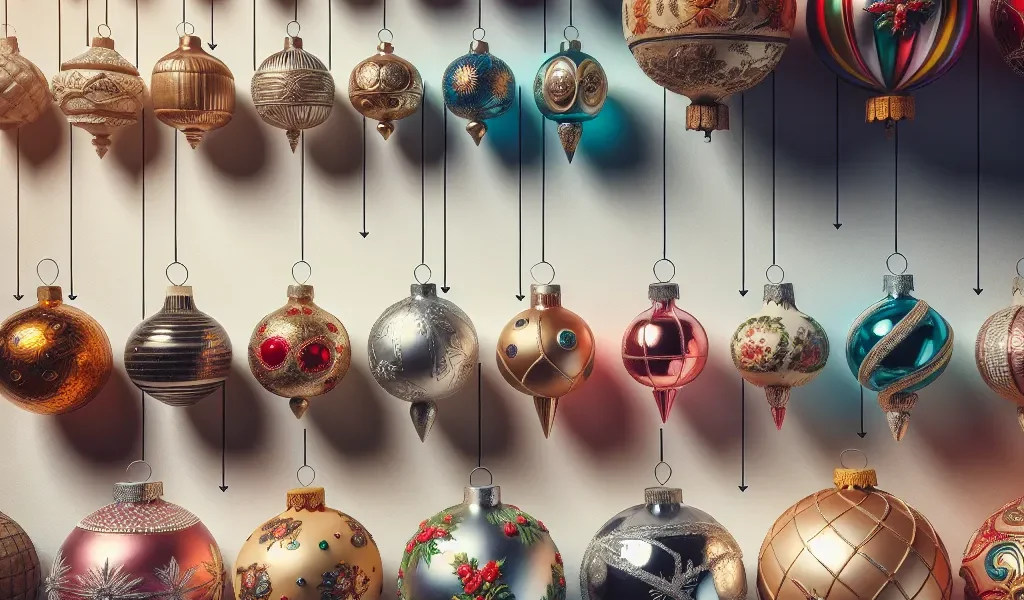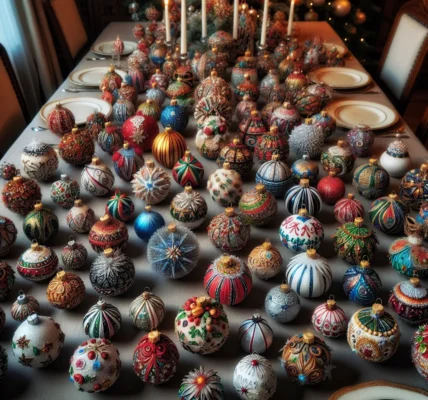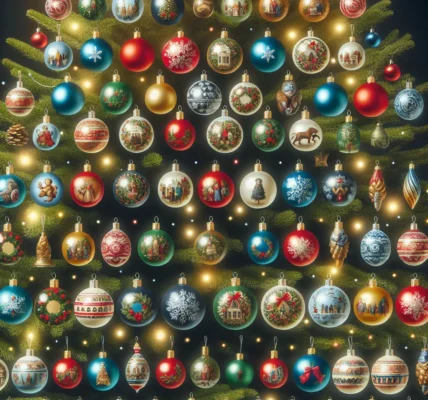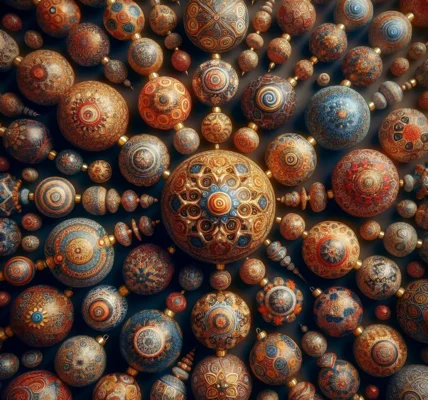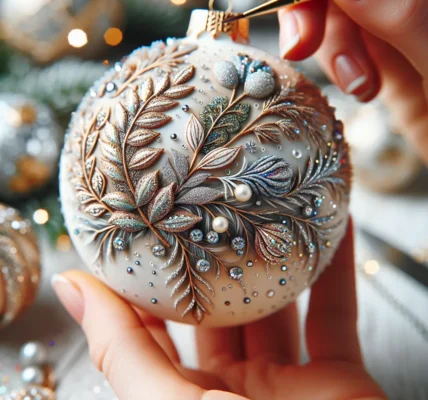Origins of Christmas Baubles: Tracing Back Through History
The history of Christmas baubles traces back through centuries, offering a fascinating insight into the evolution of this iconic holiday decoration. The tradition of decorating trees with ornaments is thought to have originated in 16th century Germany, where people adorned their evergreen trees with fruits, nuts, and other natural items. It wasn’t until the 19th century that the concept of glass baubles as tree decorations emerged.
In the 1830s, Hans Greiner, a German glassblower, is credited with creating the first glass baubles as a more fragile alternative to the traditional wooden ornaments. These early glass baubles were handcrafted and often featured intricate designs and vibrant colors, becoming a cherished symbol of the holiday season. The popularity of Christmas baubles quickly spread beyond Germany, gaining prominence in other European countries and eventually making their way to the United States and other parts of the world.
Over time, the production of Christmas baubles evolved, incorporating new materials and manufacturing techniques. In the late 19th century, mass production methods allowed for the widespread availability of affordable glass ornaments, making them accessible to a broader audience. The Industrial Revolution further propelled the popularity of Christmas baubles, as advancements in manufacturing processes paved the way for a diverse range of designs and styles.
Today, Christmas baubles come in an array of materials, including glass, plastic, and metal, and are available in an endless variety of shapes, colors, and patterns. From traditional round ornaments to whimsical figurines, the evolution of Christmas baubles reflects the enduring tradition of holiday ornamentation and the creative spirit of the festive season.
Evolution of Christmas Baubles: From Traditional to Modern Designs
The history of Christmas baubles dates back to the 16th century, when they were first created in Germany. Initially, they were handcrafted from glass, wood, or even fruit and nuts. These traditional baubles were often adorned with intricate designs and symbols, reflecting the religious and cultural significance of the holiday season.
As time passed, the production of Christmas baubles evolved, incorporating new materials such as porcelain, silver, and eventually mass-produced glass. This shift in manufacturing allowed for a wider array of designs and styles, catering to different tastes and preferences. Traditional motifs like angels, stars, and nativity scenes remained popular, but modern influences also started to emerge.
In recent decades, the evolution of Christmas baubles has taken a more contemporary turn, with a focus on sleek, minimalist designs, vibrant colors, and unconventional shapes. From metallic and glitter finishes to themed ornaments representing popular culture, the modern Christmas bauble reflects the diverse and dynamic nature of today’s society.
Furthermore, technological advancements have led to innovations in the way Christmas baubles are created and decorated. 3D printing, LED lighting, and personalized ornaments have become increasingly common, allowing individuals to customize their decorations according to their own unique styles and preferences.
Overall, the evolution of Christmas baubles from traditional to modern designs showcases not only the changing trends in ornamentation but also the enduring spirit of creativity and festive celebration that defines the holiday season.
Significance of Christmas Baubles in Different Cultures and Traditions
Christmas baubles, also known as Christmas ornaments or decorations, have played a significant role in the celebration of Christmas in various cultures and traditions. Their history and evolution are deeply rooted in the diverse customs and practices of different societies around the world.
In many Western cultures, the tradition of decorating Christmas trees with baubles dates back to the 16th century in Germany. The ornaments were initially made of fruits and nuts, symbolizing abundance and prosperity. Over time, this tradition evolved, and glassblowers crafted intricate baubles in various shapes and colors. These ornaments came to symbolize the spirit of Christmas and were seen as a reflection of light and hope during the dark winter months.
In Eastern European cultures, such as in Poland and Ukraine, Christmas baubles carry specific cultural and religious significance. Hand-blown glass ornaments, often in the shape of fruits or animals, are believed to bring good fortune and ward off evil spirits. These baubles are often passed down through generations, carrying with them the traditions and stories of the ancestors.
Furthermore, in non-Christian cultures, the use of decorations similar to Christmas baubles during winter festivals is prevalent. In Japan, for example, beautifully crafted ornaments known as “kimekomi” are used to adorn trees during the New Year’s celebrations, symbolizing renewal and good fortune.
Overall, Christmas baubles hold deep cultural and traditional significance across the globe, serving as more than just decorative items. They embody the spirit of joy, hope, and shared heritage, making them an integral part of the festive season in diverse societies.
The Cultural Impact and Symbolism of Christmas Baubles
Christmas baubles, also known as Christmas ornaments, have a rich history and significant cultural impact. These decorative items have evolved over time and come to symbolize various aspects of the holiday season.
Originating in Germany in the 16th century, Christmas baubles were initially made of glass and modeled after fruits such as apples, which were believed to represent the forbidden fruit from the Garden of Eden. Over time, the shapes and designs became more diverse, incorporating symbols of faith, prosperity, and good fortune.
The cultural impact of Christmas baubles extends beyond their decorative function. They have become a symbol of unity and togetherness, as families often gather to decorate the Christmas tree, reminiscing about past holidays and creating new memories. Additionally, the tradition of exchanging or gifting baubles has fostered a sense of generosity and goodwill during the festive season.
Furthermore, Christmas baubles hold symbolic significance in different cultures. In some traditions, the act of hanging baubles on the tree is accompanied by prayers or blessings, imbuing the ornaments with spiritual meaning. The colors and designs of the baubles often hold specific cultural symbolism, representing concepts such as hope, love, and renewal.
In conclusion, the history and evolution of Christmas baubles are intertwined with the cultural impact and symbolism they hold. Beyond their ornamental value, these decorations play a meaningful role in connecting people, preserving traditions, and conveying the spirit of the holiday season.
